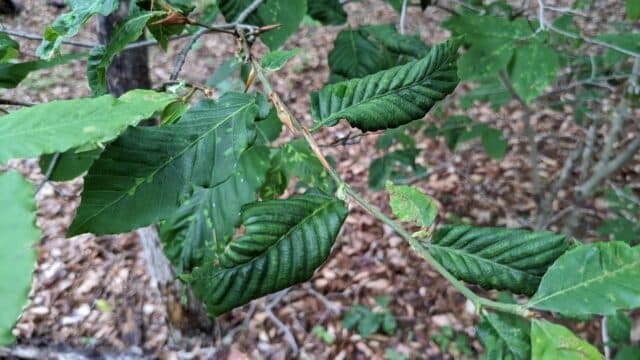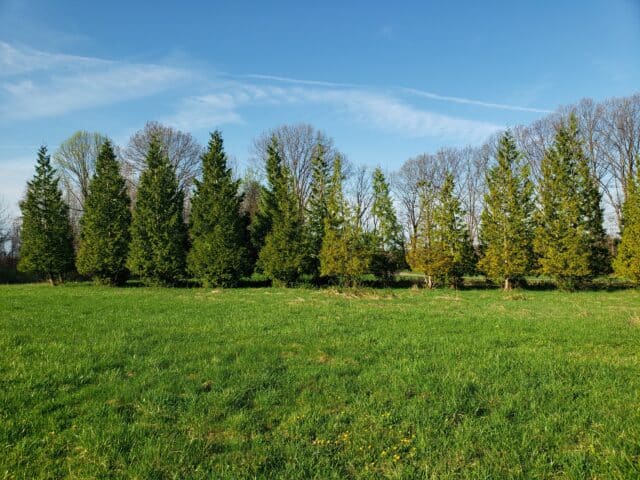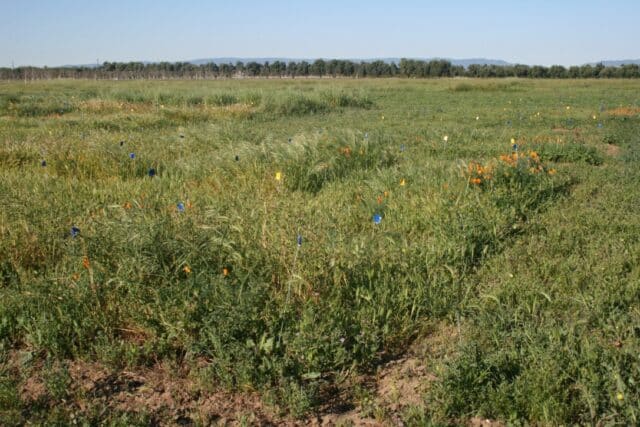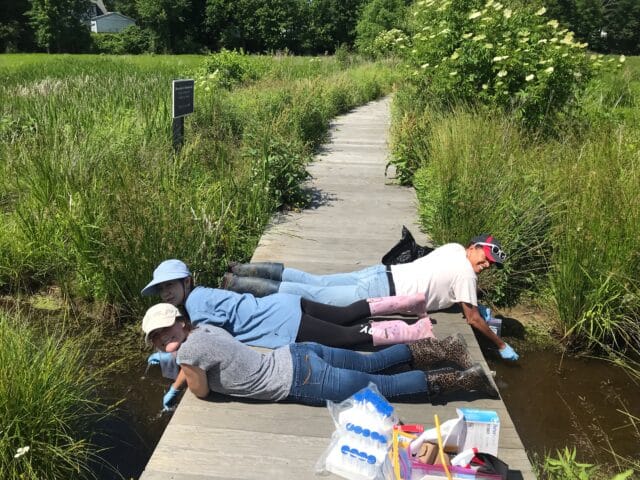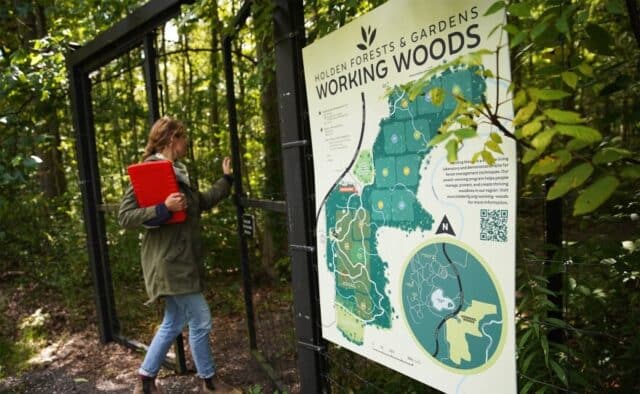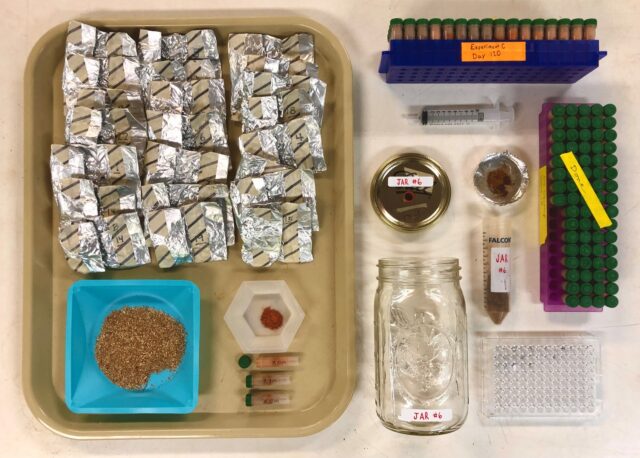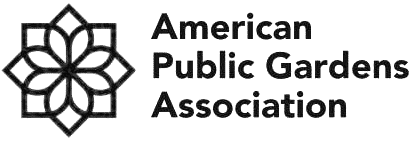Researchers develop new detection tool for beech leaf disease’s nematode pest
June 2, 2023
FOR IMMEDIATE RELEASE
Researchers at the Holden Arboretum developed an improved, effective way to monitor and detect the presence of a disease-causing nematode in beech leaf tissue.
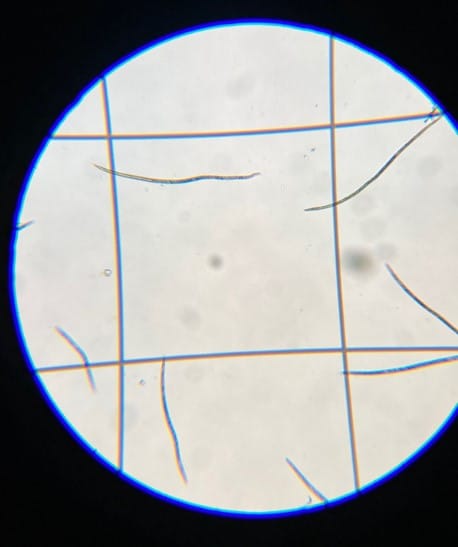
Beech leaf disease is an emerging threat to North American forest ecosystems. It was first discovered in northeastern Ohio in 2012, and has already spread to 12 additional U.S. states and Canadian provinces. At first the cause of the disease was unknown, and the sick and dying trees were diagnosed on symptoms alone: Dark banding along the leaf veins and shriveled, leathery leaves. But in 2017, nematodes were found in diseased leaves, and by 2020 we had the answer: A newly recognized subspecies of the wormlike creature, Litylenchus crenatae mccannii, was definitely associated with the symptoms.
In order to monitor the spread of the disease, to understand the nemotode’s presence among both symptomatic and possibly asymptomatic trees, and to begin to develop control measures, forestry professionals will need a rapid, accurate method for detecting the nematodes. Before now, forest health professionals hoping to diagnose a tree would have to undertake a slow process that involves soaking leaves for twelve hours, further preparing samples and then looking for nematodes under a microscope. It’s a fine method for one expert to study one tree, but not one that can be readily used on a large scale.
In a new report, published by forest health researchers at the Holden Arboretum, the Ontario Forest Research Institute, and the U.S. Forest Service, the team outlines a new tool for detecting these nematodes. Their work appeared in the journal Plant Disease.
The new nematode detection tool utilizes a long-standing laboratory method that can be used to detect DNA specific to a certain organism. In this method, researchers use a short DNA sequence that is specific to the species of interest, called a primer, to identify and then amplify on-target DNA in a sample. The amplification step is a relatively basic laboratory technique, PCR, but the real challenge lies in developing the primer in the first place — which is exactly what the researchers have done.
“The new primer will make detection of the North American beech leaf nematode faster and easier, allowing forest health professionals across the U.S. and Canada to keep better tabs on this emerging disease,” says David Burke, Vice President for Science and Conservation at Holden Forests & Gardens, who led the work. “Better detection will mean more accurate monitoring and improved research on treatment.”
The new primer can be used to differentiate L. crenatae from other nematodes that might be found in areas affected by BLD, and also allows researchers to estimate the relative degree of nematode infestation between samples.
“We need all the forest professionals we can get working on BLD if we want to nip it in the bud,” says Burke. “Our forests may depend on it.”
—
Citation: Burke, David, et al. “Development of primers specific for detection of Litylenchus crenatae, the causal agent of beech leaf disease, in plant tissue.” Plant Disease (2023). DOI: 10.1094/PDIS-12-22-2911-SR
About Holden Forests & Gardens: Holden Forests & Gardens is made up of two of Northeast Ohio’s most important environmental and cultural institutions — the Holden Arboretum and Cleveland Botanical Garden — whose mission is to connect people with the wonder, beauty, and value of trees and plants, to inspire action for healthy communities. One of the largest public gardens in the country, Holden Forests & Gardens has 18,000 member households and an annual attendance of nearly 350,000 for whom we strive to provide inspirational and educational visitor experiences. For more information, visit holdenfg.org.
Media Contact:
Anna Funk
Science Communications Specialist
Holden Forests & Gardens
[email protected]
Corresponding Author:
David Burke
Vice President for Science and Conservation
Holden Forests & Gardens
[email protected]
440-602-3858

